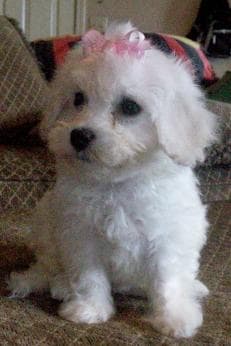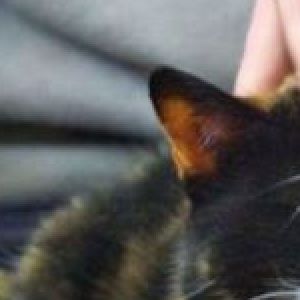Bichon FrisťPosted by daryl farahi on April 14th, 2019 The Bichon Frisé is a small-framed dog with a heavenly white coat that puffs up. After many centuries developing in Europe, it has become a lovable and cuddling addition to many families today.
PHYSICAL CHARACTERISTICSThe small, sturdy, and agile Bichon dog moves with an efficient and effortless gait. Its soft and inquisitive expression makes it very easy for the dog to win the heart of its owners. The Bichon's powder-puff look is due to its double coat, which consists of a dense soft undercoat and a white coarse and curly outer coat that stands away from the body. PERSONALITY AND TEMPERAMENTWith its happy-go-lucky attitude, the playful, vivacious, and bouncy Bichon dog delights everyone. It is good with kids and amicable towards pets, other dogs, and strangers. This affectionate, responsive, and sensitive dog also loves to play and be cuddled, but when it is left alone, it may bark excessively. CAREThe Bichon is an indoor dog that should not be allowed to live outdoors. It may be small, but it requires exercise daily, which can be easily fulfilled with a nice romp in the yard, a lively indoor game, or a short leash-led walk. The powder-puff white coat requires combing, as well as brushing on alternate days, to keep it dirt-free. It also needs trimming and scissoring once a month. Although the Bichon does not shed, its loose hairs tend to get knotted and may even mat in the coat. In addition, the coat's whiteness may be difficult to maintain in certain areas. HEALTHThe Bichon dog breed, with a lifespan of about 12 to 15 years, is prone to some serious health problems like hyperadrenocorticism, allergies, and patellar luxation, or from less serious conditions like cataract and canine hip dysplasia (CHD); Legg-Perthes and liver disease may also affect the breed. To identify some of these issues, a veterinarian may run hip, knee and eye exams on the dog. HISTORY AND BACKGROUNDThe Bichon Frisé dog is descended from the Barbet (or Water Spaniel) and was originally known as “Barbichon," which was later shortened to “Bichon." The Bichon was divided into four types: Ilvanese, Bolognese, Maltaise, and Tenerife. It is said that the Tenerife was the original source of the Bichon Frisé. They were bred on the Canary Island of Tenerife, where Spanish seamen used them as barter items while on their travels. In the 1300s, Italian seafarers rediscovered the little dogs on their voyages and brought them back to Europe. Soon thereafter, the dogs became a favorite among Italian nobles. The "Tenerife" or "Bichon" became popular in France in the 16th century during the Renaissance. They also enjoyed considerable success in Spain and in many other parts of Europe, only to see their popularity wane. The Bichon dog breed enjoyed a brief revival under the rule of Napoleon III in the 1800s, but again its popularity did not last. At that point, the Bichon had become a mere “street” dog, surviving by entertaining a passerby, accompanying organ grinders and performing tricks in circuses. World War I left the Bichon in dire straits, but in 1933, the Fédération Cynologique Internationale, with the help of French breeders, implemented a standard for the breed and named it Bichon Frisé. The Bichon Frisé arrived in the United States in the late 1950s. There, it was well groomed, loved and accepted into the hearts of dog fanciers nationwide. The American Kennel Club recognized the breed in 1971. Source: https://myfriendlypets.com/how-long-do-bichons-live/ Like it? Share it!More by this author |



